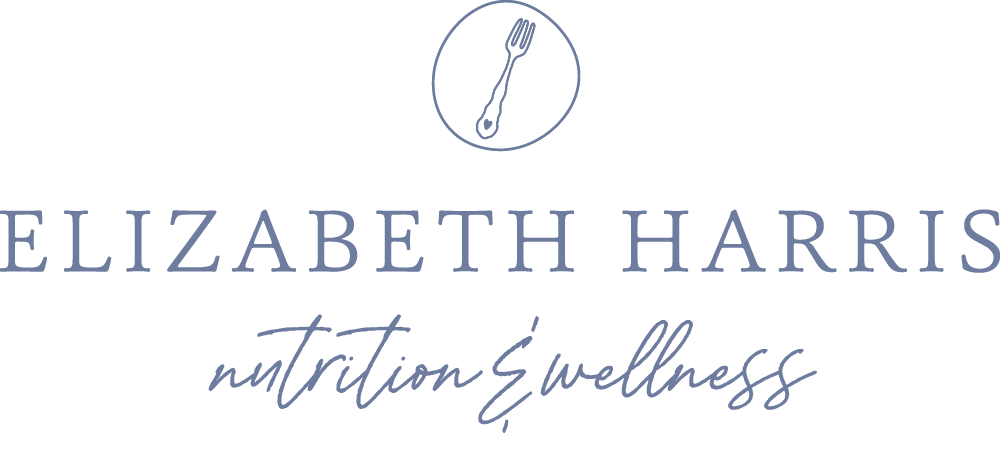How to Challenge an All-or-Nothing Mindset Around Food and Exercise
If you're having trouble finding a consistent, sustainable approach to food, movement, and other health habits, an all-or-nothing mindset may be to blame.
What Does an All-or-Nothing Mindset Look Like?
This black-or-white thought pattern trap is very sneaky and shows up in lots of different ways such as:
“I had a muffin for breakfast so now the whole day is ruined.” (cue what Intuitive Eating calls a "what the hell" style of eating")
“I need to work out for 45 minutes or it won’t count.” (doesn't exercise at all because there's "no time")
“Cake and cookies are bad. I can’t eat them.” (tries to avoid them only to end up with unmanageable cravings or overeating/binging episodes)
“I can only eat salads for lunch” (falls off track completely when gets sick of salads)
“I eat so good during the week; but on the weekends, I'm so bad and feel gross.” (ends up endlessly swinging between restricting and overeating)
“The scale needs to hit xzy pounds in order for me to be healthy or happy." (gives up trying to make healthful changes when the number doesn’t budge)
Dieting promotes all-or-nothing behavior patterns, but we can get stuck in this black-or-white thought trap without dieting too.
How to Challenge an All-or-Nothing Mindset So You Can Find a Happy, Healthy Middle with Food and Exercise
Here are 4 steps to help you challenge all-or-nothing thinking so you can work towards a more consistent, enjoyable approach to food, movement, and more:
Notice the thought pattern. If you find yourself using absolutes or binary terms—such as always or never, should or shouldn’t, good or cheating, clean or junk, healthy or unhealthy—this may be a clue that you’re falling into an all-or-nothing mindset. Begin to take note of when and how this mindset trap shows up for you.
Challenge yourself to find the gray. Remember, there is no “perfect” way of eating or exercising. Also, there is no failure when it comes to your food choices—there’s simply feedback from your body on what does or doesn’t feel good at any given meal or on any given day. Ask yourself, what would it look like to be gentler and more realistic with the expectations I’m setting for my eating or other health habits?
Pick one small thing and do that. It can be overwhelming to think about all the changes you need or want to make. Instead, pick one small thing and do that—and this is key—for the most part. When you get good at doing that consistently, pick another small thing to focus on.
Take note of what’s going well. Many of us are great at hyper-focusing on the one thing that didn’t go as planned while ignoring the 39 things we did really well. Get in the habit of pausing each day to acknowledge all the small successes you achieved that day. No win is too small to celebrate, especially because each feel-good choice can help launch another!
Learn to Build Healthful Habits with the Help of a Registered Dietitian Nutritionist
One of the things I find most rewarding in my work as a Registered Dietitian Nutritionist is helping people move past an all-or-nothing mindset and move toward a healthier relationship with food and a positive body image. This is made possible through an Intuitive Eating approach to food and nutrition and building healthy habits that last a lifetime. Contact me today to learn more about how I can help you invest in your health goals and enhance your overall wellbeing!
Are you ready for change and wondering if an Intuitive Eating approach is right for you? Read this blog to find out: 7 Signs You’re Ready to Begin Intuitive Eating
